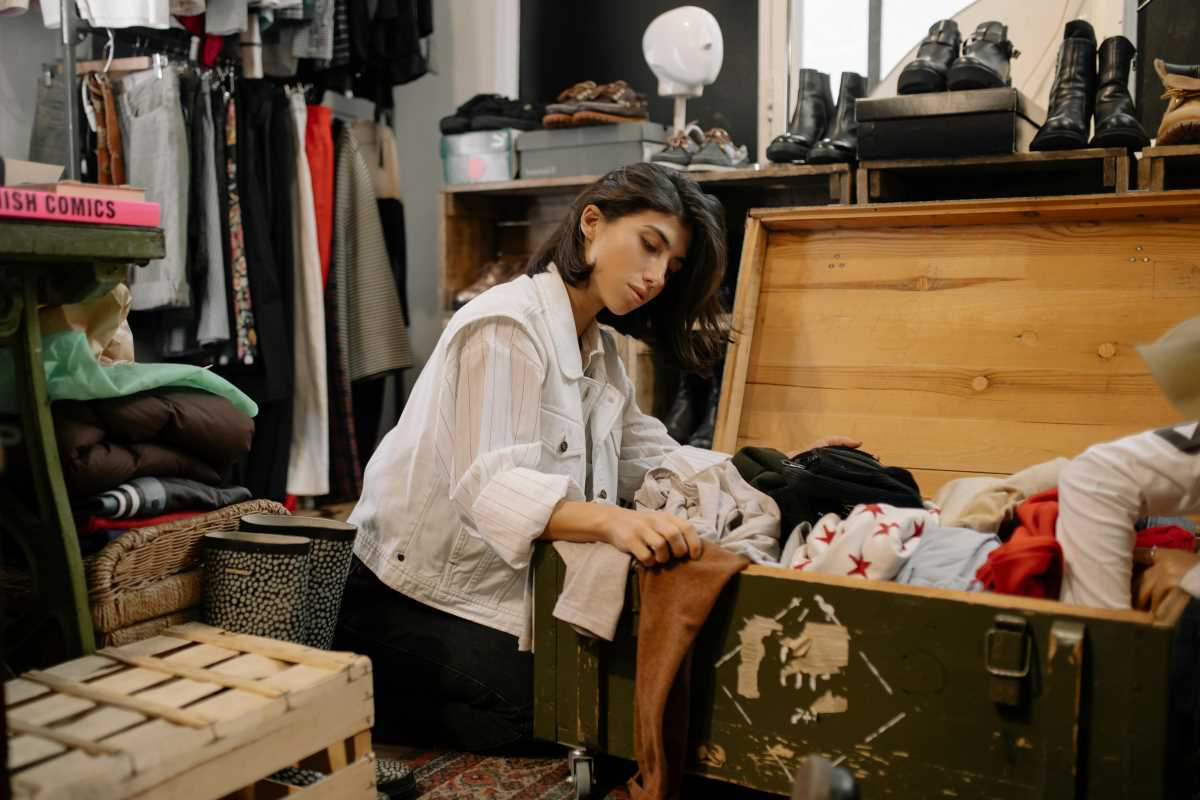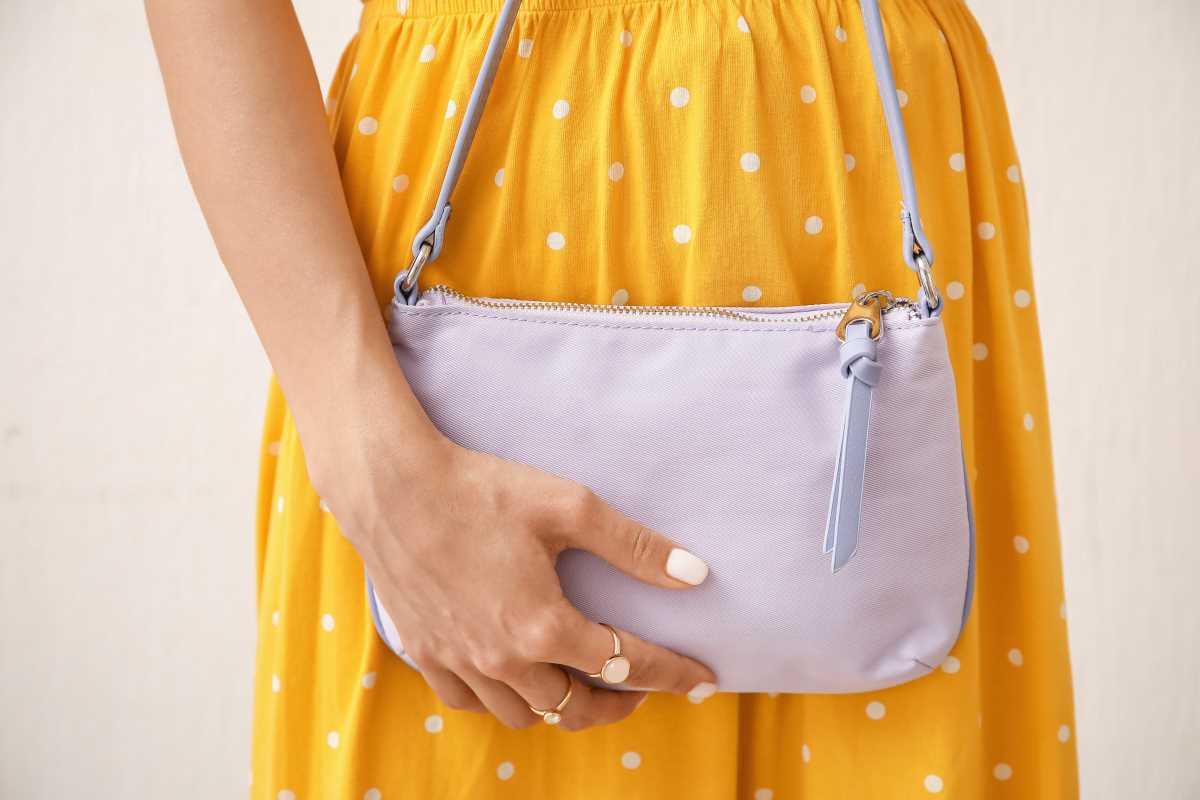Tonal dressing has risen in popularity as a way to achieve elegance and sophistication with minimal effort. Whether strutting across a runway or browsing your Instagram feed, you've likely spotted fashion-forward individuals dressed in perfectly coordinated outfits featuring shades of a single color. This is the essence of tonal dressing—a styling approach where an outfit is composed of different tones, tints, and shades of the same hue.
The allure of tonal dressing lies in its simplicity and impact. By staying within one color family, you create a harmonious, polished look that stands out for its subtleness rather than loud patterns or clashing colors. It’s the perfect intersection of minimalism and style mastery, making it an attractive strategy for anyone who wants an effortless yet striking wardrobe. Let's explore how tonal dressing works, why it's so appealing, and how to execute it flawlessly across different occasions.
What Is Tonal Dressing?
Tonal dressing is the art of curating an outfit using a single color in varying shades and textures. For example, you might create a tonal look around beige, layering a camel coat, a cream knit sweater, and tan trousers. Each item belongs to the same family of warm neutrals but offers a slightly different variation in hue or texture, adding depth to the outfit while maintaining cohesion.
Unlike monochromatic dressing—where the goal is to achieve a single uniform color across the entire outfit—tonal dressing embraces subtle variations. This detail is key to creating a dynamic, eye-catching look.
Why Tonal Dressing Works
- Elegance in Simplicity - There’s something inherently sophisticated about a well-executed tonal outfit. The consistency of color lends a refined, intentional appearance, as though every piece was meticulously chosen to create balance. This aesthetic avoids the visual clutter of contrasting colors or busy prints, making the wearer look effortlessly put-together.
- Elongating the Silhouette - Tonal dressing creates the illusion of height and fluidity, making it perfect for those who want to elongate their silhouette. When your clothing flows seamlessly within one color family, it prevents the eye from breaking the body into distinct sections. Instead, the eye moves smoothly from head to toe, creating a tall and lean profile.
- Easy Coordination - One of the most practical advantages of tonal dressing is how it simplifies outfit coordination. Once you’ve identified a dominant hue, it’s just a matter of pairing items in different tones and textures. Plus, sticking to a color palette reduces the risk of clashing and ensures everything aligns beautifully.
- Timeless and Versatile - Tonal dressing transcends fleeting trends, making it inherently timeless. Whether you’re dressing for a casual coffee date, a day at the office, or a formal evening event, tonal outfits can be adapted to any setting. Neutral tones like beige, gray, and black are especially versatile, but shades like blue, green, and even soft pink also lend themselves beautifully to tonal styling.
How to Build a Tonal Look
Creating a flawless tonal outfit isn’t complicated, but it does require thoughtfulness to ensure the final look feels intentional rather than flat. Here’s how to make tonal dressing work for any occasion.
1) Choose Your Base Color - Start by selecting the dominant color for your outfit.
- While neutrals like beige, white, black, and gray are ideal for beginners, don’t shy away from richer tones like navy blue, olive green, deep burgundy, or dusty pastels.
- Select a color that complements your skin tone and feels right for the season or occasion.
- For example, earthy tones like camel and brown are ideal for crisp fall days, while whites and creams are perfect for spring and summer.
2) Play with Shades and Tints -To create visual interest, incorporate different shades and tints of your chosen color.
- This could include light, medium, and dark tones that work together cohesively. For instance, if your base color is blue, you might combine a midnight blue coat with a sky blue sweater and navy trousers.
- Contrast within a color family adds depth and layers to your outfit while maintaining a unified look.
- Avoid using pieces that are identical in shade, as this can create a flat and overly matchy appearance.
3) Mix Textures - Variety in texture is essential for making tonal dressing feel dynamic rather than monotonous.
- Combine fabrics like wool, silk, cotton, leather, and knitwear to create contrast and dimension.
- For example, if you’re crafting a beige-toned outfit, pair a chunky knit sweater with sleek leather pants and a soft suede jacket.
- The subtle texture differences add richness and make even a neutral color palette feel elevated and luxurious.
4) Accessorize Thoughtfully - Accessories can either match your tone-on-tone look or provide a subtle contrast for added interest.
- For casual outfits, stick to belts, shoes, and bags in the same color family as your outfit.
- For dressier occasions, metallic accents like gold or silver jewelry can stand out without disrupting the tonal harmony.
- A scarf, hat, or watch can also serve as a chic finishing touch that ties everything together.
5) Start Simple
- If you’re new to tonal dressing, don’t overcomplicate it.
- Begin by focusing on two or three pieces in the same color family.
- For example, a blush pink blazer and trousers paired with a nude blouse is a simple yet striking combination.
- Once you’ve mastered the basics, experiment with additional pieces and layering.
Tonal Styling for Every Occasion
Tonal dressing isn’t reserved for fashion runways—it’s incredibly wearable. Here are some ideas for tonal looks that work across casual, professional, and formal settings.
Casual Chic
- Base Color: Warm Beige
- Outfit Idea: Pair cream jeans with an oatmeal sweater and top it off with a camel trench coat. Finish the look with tan loafers and a beige crossbody bag.
- Why It Works: This outfit is cozy, stylish, and perfect for errands or coffee dates. The varied shades of beige add dimension without overwhelming the eye.
Workwear Sophistication
- Base Color: Navy Blue
- Outfit Idea: Style a navy blazer with a sapphire-blue blouse and tailored midnight-blue trousers. Complete the ensemble with navy pumps and a subtly patterned scarf.
- Why It Works: This tonal look is polished and professional, showcasing your attention to detail while remaining understated.
Evening Elegance
- Base Color: Charcoal Gray
- Outfit Idea: A slate-gray satin slip dress layered with a deep charcoal cashmere wrap creates effortless elegance. Add metallic silver stilettos and minimalist jewelry for a refined finish.
- Why It Works: The soft shimmer of satin against the matte texture of cashmere balances luxury and comfort, making it ideal for a formal setting.
Seasonal Staples
- Base Color: Olive Green (Fall)
- Outfit Idea: Style an army-green turtleneck with khaki-green wide-leg trousers and a forest-green longline coat. Add brown suede boots for contrast.
- Base Color: White (Summer)
- Outfit Idea: Combine white linen pants, an ivory silk camisole, and a cream crochet cardigan. Accessorize with nude sandals and a woven tote bag.
- Why It Works: Seasonal tonal dressing ensures your wardrobe stays fresh while maintaining signature elegance.
By curating outfits in the same color family, you create cohesion, elongate your silhouette, and elevate your style to new heights.
The best part? Tonal dressing works for everyone, regardless of personal style or budget. With some careful planning, creative layering, and an eye for texture, you can put together outfits that exude elegance every time. Start with colors you feel comfortable in, experiment with different combinations, and watch your wardrobe transform into a showcase of polished simplicity.
 (Image via
(Image via


.jpg)


